Check out our dosing schedule for chlorine
Maintaining a swimming pool seems easy. But you have to add the right quantity of chlorine to disinfect the pool water properly. Only in this way will you have a healthy swimming environment.
To have a healthy pool, you need to check 2 values. On the one hand, the pH value should be between 7.2 and 7.6.
In addition, you have to keep the chlorine content at the right level. Ideally, the chlorine value should be between 1 and 1.5 ppm.
During the swimming season, we recommend checking these values twice a week. This can be done using a manual test kit, but there is also a digital version such as the Blue Connect Plus. This device measures the water quality automatically every hour and transmits these values to an application on your smartphone.
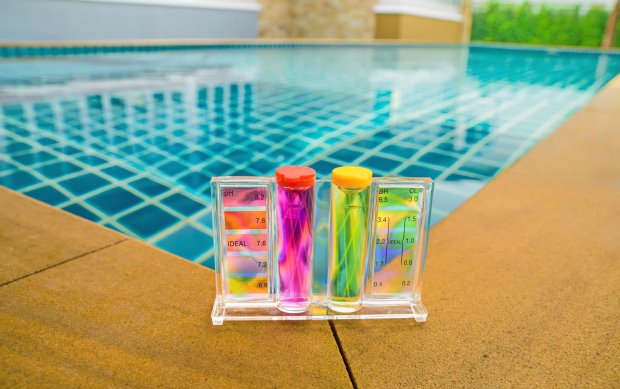
If you want to enjoy your swimming pool for the first time or start up the pool again after the winter, you have to get the chlorine content up to the right level. N.B.: Before you do this, it is best to first check the pH and chlorine values.
If the chlorine value is (almost) 0, it is best to carry out chlorine shock treatment.
A chlorine shock is the adding of an extra dose of chlorine to the swimming pool to get the chlorine content back to the right level.
The chlorine level in the swimming pool drops during these periods. In that case, you cannot increase the chlorine content by adding the normal dose of chlorine. The chlorine content will recover quickest by carrying out chlorine shock treatment.
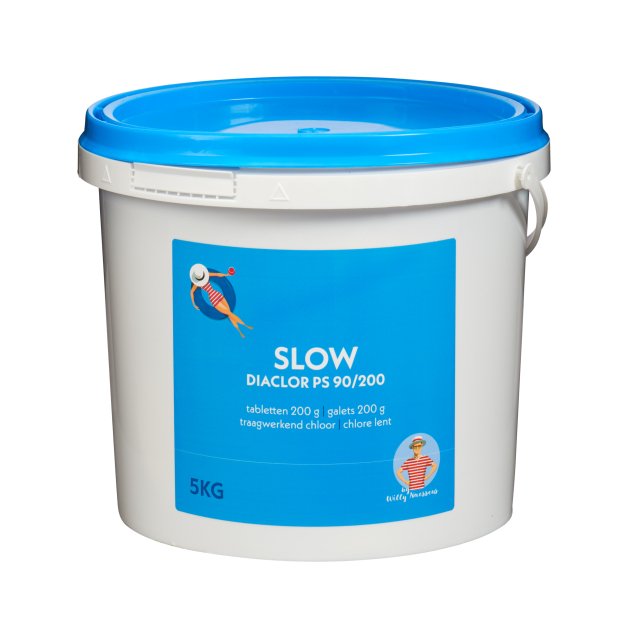
You can use the following step-by-step plan to to carry out chlorine shock treatment in your swimming pool.
You should always check the packaging of your chlorine powder before adding it to the pool.
|
Volume of swimming pool: (l x w x h): |
10 m³ |
30 m³ |
50 m³ |
70 m³ |
100 m³ |
125 m³ |
|
Chlorine granules to be added |
120 grams |
360 grams |
600 grams |
840 grams |
1200 grams |
1500 grams |
If you want to use this dosing schedule, you will have to use this chlorine powder.
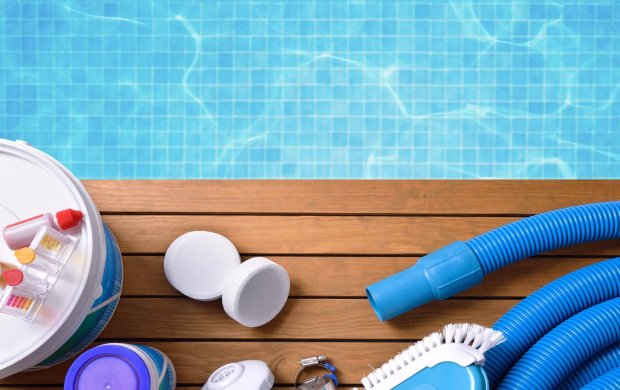
Once the chlorine value is at the right level, you can keep it at that level with chlorine tablets. Chlorine tablets are better than chlorine granules because the tablets dissolve slowly and keep the chlorine value constant.
Unfortunately, it is not easy to say how many chlorine tablets you should add to the swimming pool or how often you need to add them. The chlorine tablet dosage does not depend solely on the volume of the swimming pool. A lot of other things also play a role, such as:
If the swimming pool isn’t used much, be sure to check the water quality once a week using a water tester. If the pool is used more than 2 days a week, the water quality needs to be checked 2 to 3 times a week.
If the pH value is good, check whether the chlorine tablet has completely dissolved or not. Once the chlorine tablet has dissolved, it is best to add 1 chlorine tablet per skimmer. Use these chlorine tablets for this. For a small inflatable pool, it is best to use these 20 gram mini-chlorine tablets. You can add one of these per 3 m³ of water.
It is important that you first let the previous chlorine tablets dissolve completely before adding new chlorine tablets.
Sometimes it may happen that you add too much chlorine to the swimming pool. You don’t really have to do much to lower the chlorine value. Leave your roller shutter or pool cover open and the chlorine will drop on its own through the UV rays of the sun.
After 24 hours, the excessively high chlorine value will already have dropped sharply. In that case, keep an eye on the chlorine value on a daily basis and add a chlorine tablet as soon as the chlorine value is around 1 ppm.
If you notice that the chlorine level reached is still below 1 ppm, you can always carry out chlorine shock treatment again to get the chlorine back up to the right level.
Sometimes it may happen that the chlorine tablet does not dissolve. There can be various causes for this. Check first whether the filter installation is working properly and that it is operating for a minimum of 12 hours a day.
Another reason for a chlorine tablet not dissolving is the cold. If the water is colder than 20 °C, the chlorine tablet will take longer to dissolve. At under 15 °C, it can stop dissolving completely. If you still have a chlorine tablet lying in the skimmer at the start of winter, we would advise you to remove it.
Some people opt to maintain their swimming pool with liquid chlorine. Working with an automatic dosing unit adds chlorine to the pool a drop at a time. This keeps the chlorine at the right level all the time.
If you don’t have an automatic chlorine dispenser, you have to add the liquid chlorine by hand. In that case, it is very difficult to measure it correctly. We advise you not to use this method for weekly maintenance. It is best only to use liquid chlorine by hand to carry out chlorine shock treatment.
In that case, never add more than half a litre per 50,000 litres. If you add more, this will not have a more positive influence on the water quality. On the contrary, this could even cause damage to your installation.
Do you still have any questions about adding the correct amount of chlorine to your swimming pool? Then do not hesitate to ask our specialists! We will be happy to help.
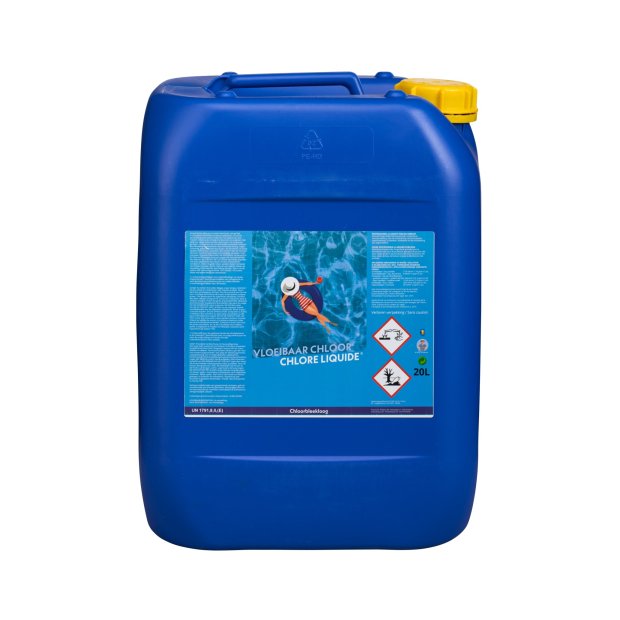
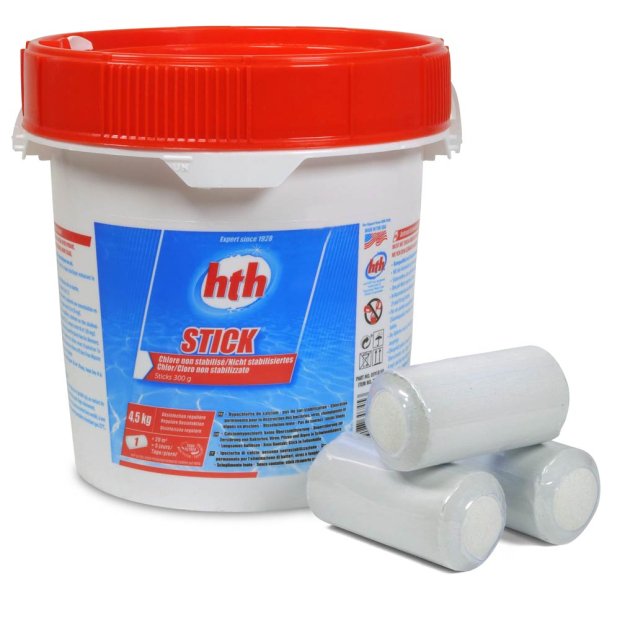
You can buy the swimming pool chlorine products here :